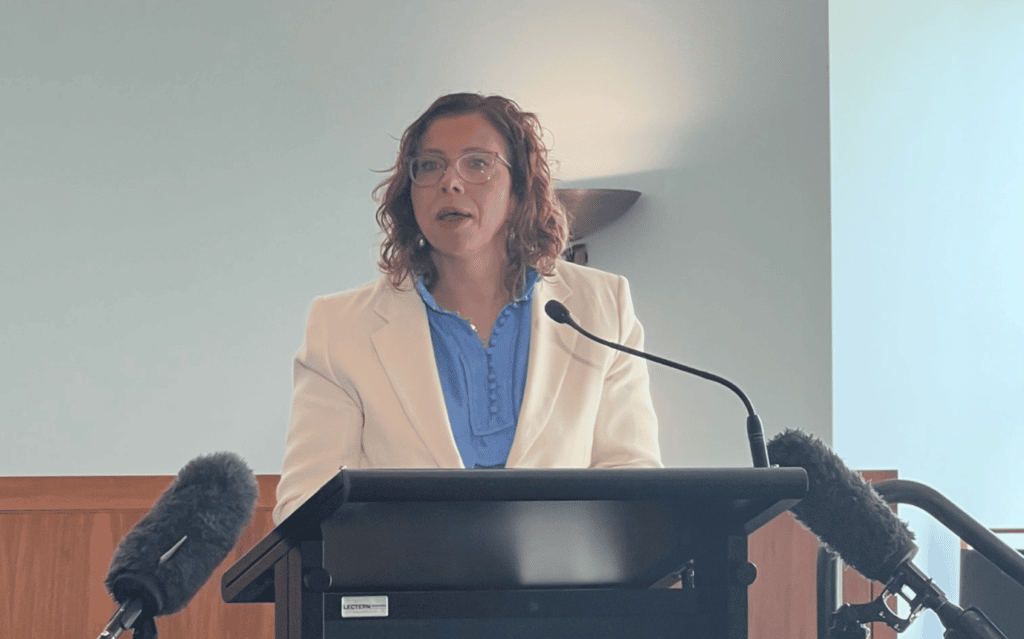Last week, Family and Domestic Violence leave became a reality. A long overdue safeguard and one of the first bills Labor introduced into Parliament.
More than 11 million employees are now eligible for ten days leave to deal with the impacts of family and domestic violence and whether they ever need it or not, the protection is there.
It’s an important moment in this country, so I was disappointed to hear a minority of employers complaining about the provision.
I was particularly disappointed to hear one employer complaining that he shouldn’t have to pay for other people’s ‘bad relationship choices’.
That attitude is victim blaming and it’s exactly the sort of attitude that we need to change if we are to end violence against women.
In Australia, one woman dies every 10 days at the hands of her former or current partner.
Every two minutes police around the nation deal with a domestic violence matter, that’s 5000 incidents a week.
Providing paid leave to those affected by family and domestic violence is one way that we can start to save lives. An example of when this leave would be critical is women who need time to sort out an alternative safe place to stay. Before this law came a reality, they had to make a choice between safety and wages. Another choice that shouldn’t be made is turning up to work rather than seeking counselling after a domestic violence incident.
Now all Australian workers, full-time, part time and casual get the same entitlements. We haven’t left casual workers behind.
Women have spent years trying to explain to policy-makers the urgency for this leave. This Government listened to women and has shown its resolve to removing the barriers to women escaping violence.
Employers that are complaining about a change to leave entitlements ignore the fact family and domestic violence doesn’t just impact the victim survivor and their families, but it ripples through communities and we all have a responsibility to turnaround the shocking statistics.
Family and domestic violence doesn’t just affect the people involved. It affects the people who feel powerless to help, the people who do care for victims and people who can see the bruises and overhear the phone calls. The people who cover for women taking odd days off from work and the drop in productivity.
It’s going to take everyone pulling in the same direction if we are going to shift the dial. While governments need to do their bit our businesses, sports clubs, faith based organisations, every part of our community needs to work hand-in-hand with us.
The Government’s National Plan to End Violence Against Women and Children 2022-2032 sets out how we can all step up to make change.
It is the blueprint for how we will work to address family, domestic and sexual violence over the next ten years by addressing the underlying drivers to prevent violence before it occurs.
It sets out why we need to intervene early and prevent further escalation; to respond appropriately when violence is used; and to support the recovery and healing of victim-survivors in ways which put them at the centre.
I recognise that shifting community attitudes and reducing a prevalence of violence will take more than a ten-year plan. It will take a generation to see a sizable shift and we all need to play a role to save lives and protect vulnerable women.
Family and domestic violence leave is a policy that I wish we didn’t need to have, but I know we need. It’s one step in the right direction, but we all need to step-up and be ambitious to make sure we break the cycle.


